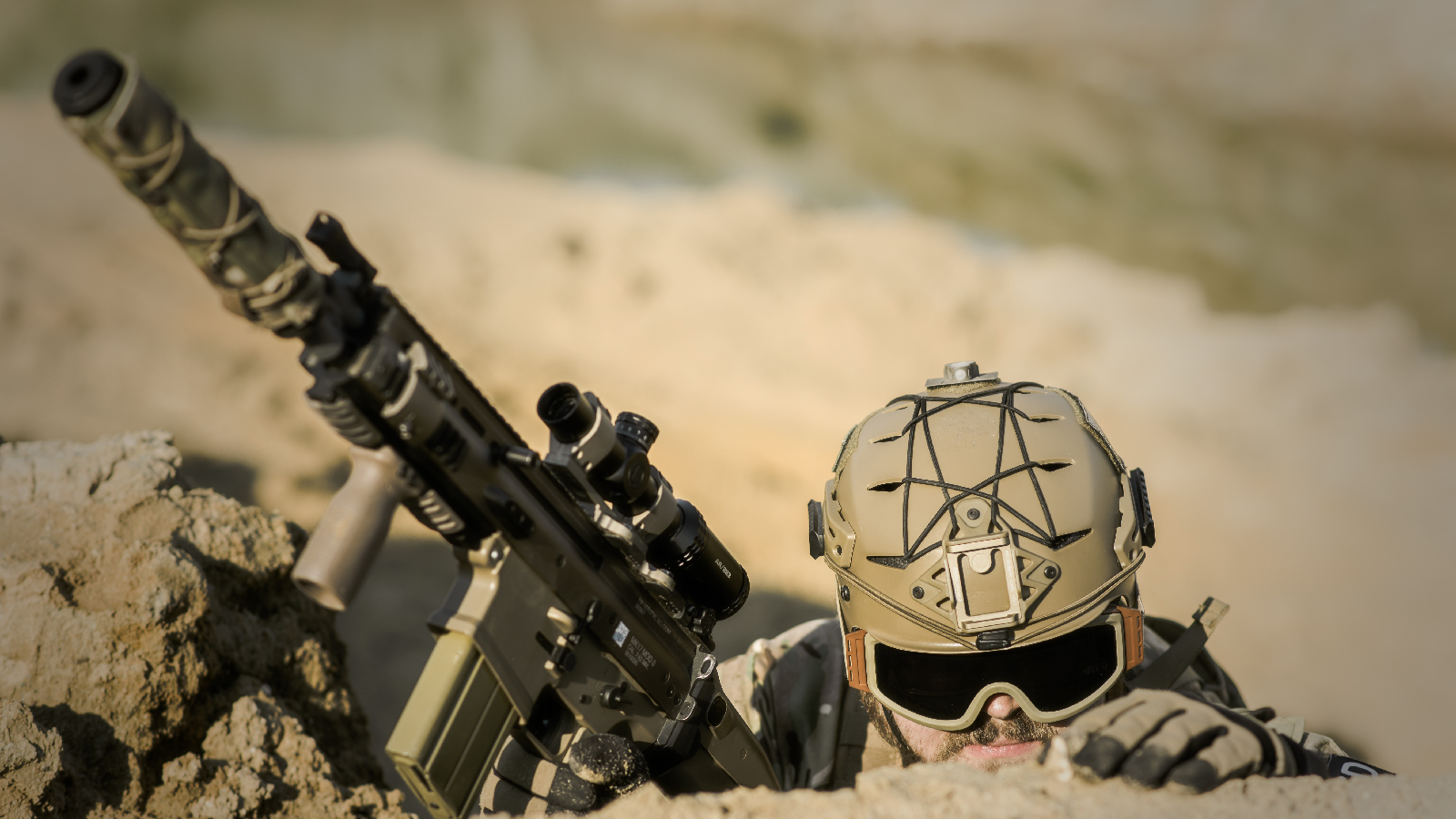In mid-January the American public learned that the U.S. had "launched a new counter-terrorism mission in the Philippines" the previous September to help local forces fight ISIS-associated groups in the Southeast Asian nation. It even came with a vaguely patriotic name: Operation Pacific Eagle - Philippines (OPE-P).
The naming of the operation and its ability to pull from the same Overseas Contingency Operation funding that fuels military operations in Iraq and Afghanistan, were, according to The Wall Street Journal, indications that the Trump administration had decided to "elevate" the U.S. mission in the Philippines.
But a new government report indicates that a few months in, any changes to American operations on the island nation have been mostly superficial.
"While the OCO designation placed a greater emphasis on the counter-terrorism mission in the Philippines, [Defense Department] officials said that it had not significantly altered the way in which U.S. forces already in country operate nor has it resulted in an increased U.S. military presence," a joint Inspectors General report prepared for Congress and published online Friday says. The WSJ reported the U.S. has between 200 and 300 servicemembers in country.
State Department officials, too, said "their activities in the Philippines have not changed in any significant manner as a result of the designation of OPE-P."
The U.S. for years has been involved in counter-terrorism operations in the Philippines, which is home to Abu Sayyaf, an Islamist terrorist organization that aligned itself with al Qaeda before flipping to ISIS when that group of murderers became the cool kid on the jihadist block. U.S.-Philippines counter-terrorism operations took a hit in 2015 with the official end of Joint Special Operations Task Force-Philippines, and in 2016 President Rodrigo Duterte announced a "separation from the United States" -- even if he quickly walked that back.
But U.S. forces have kept up a small training and advisory role, and the IG report noted that "anti-American politics notwithstanding, the Philippine military establishment generally holds a favorable view of the United States." The government there still "welcome[s] U.S. military assistance in its counter-terrorism fight," the IG said.
Dive Deeper: US Special Operations in the Philippines, 2001-2014 (Rand, PDF)
The designation of Pacific Eagle came at a particularly precarious time in the counter-terrorism struggle. A few months before in May, Abu Sayyaf and other allied militant groups managed to capture the large city of Marawi, in the south of the country. They held the city until late October, a month after Pacific Eagle was announced, when the AFP finally managed to push them out in brutal urban combat. The IG report doesn't get into what exact impact the Pacific Eagle designation had. (Though a defense official said later that Duterte "thanked" U.S. Defense Secretary James Mattis "for the U.S. contributions to the fight.")
In the battle, hundreds of Islamist militants were reportedly killed, along with significant senior figures. Even so, a Pentagon official at the time was cautious in his assessment.
"[W]hat the group lost in human capital was balanced in some respects by what has been spun to many as a strategic victory for ISIS, which builds its brand," Joseph Felter, Deputy Assistant Secretary of Defense for South and Southeast Asia, told the Combating Terrorism Center at West Point in December. "Think about it, a small group of militants claiming allegiance to ISIS occupied and held portions of Marawi -- a major Philippines city -- in the face of a full on government offensive for over five months. With only a little spin and propaganda, this was presented by ISIS-Core as a strategic victory and one that could end up helping them regenerate their ranks and bolster the group's appeal."
As the counter-terrorism struggle continues, and though U.S. actions on the ground haven't significantly changed yet, the IG report said U.S. Pacific Command aims to enlarge its footprint by providing casualty evacuation capabilities, expanding and improving facilities and aiding the AFP with additional "intelligence, surveillance, and reconnaissance resources."
And there could be plenty of time for all that. As the fight against ISIS-aligned groups continues in Southeast Asia, Operation Pacific Eagle has no end date.
"The [Defense Department] did not provide an anticipated end date for OPE-P, stating that the operation was conditions-based and will terminate when the AFP no longer requires U.S. military assistance to address its internal terrorist threat," the IG report says.
Primary Source: Overseas Contingency Operations (PDF)
[Do you have a tip or question for Code and Dagger? Reach us at CodeAndDagger@protonmail.com. And if you like what you read and want to help keep the site running (kind of) smoothly, click here to learn how you can support the site. ]











